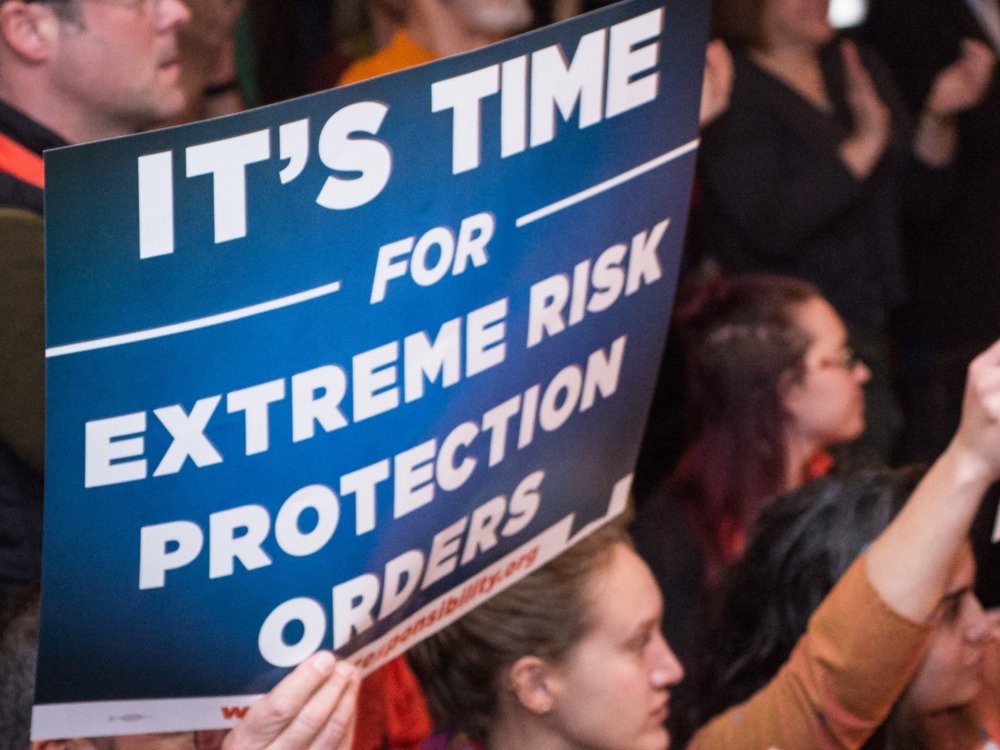By National Police Chiefs’ Council (UK)
This Review was established to ‘identify ways in which forces across England and Wales can be more productive, improving outcomes’1 . In the three fnancial years to March 2023, Government funded the recruitment of an additional 20,000 police ofcers. This – together with additional resources provided by precept - is a considerable investment into policing. As new recruits build up experience and capabilities, we would expect to see its impact in terms of public safety. Compared to 2007, ofcer numbers have increased seven per cent whilst the population has increased by about 12 per cent (and with it, demand). However, like-for-like comparisons are not necessarily helpful: technology for example should have made police forces more productive since then. But to a large extent we have found that if the uplift has helped fll the most urgent capacity gaps (and improve performance), it has not taken away the need to prioritise and task resources effectively. A productivity drive is as necessary now as it was in the years of officer reduction. An environment of budget pressures suggests difficult choices ahead for public sector investment. Public agencies will need to evidence, more than ever, that they are providing value for money and becoming more productive. Pouring additional resources into a service might create more outputs but it does not per se increase productivity if these resources are not used wisely. Neither do officer numbers guarantee reduced crime2. Effective resource allocation is essential to deliver the greatest gains. Coordinated planning and multi-agency collaboration are vital to maximise the chances of better public outcomes. In this context, as a prerequisite to further investment demands and to strengthening public legitimacy, it is imperative that the policing sector is able to demonstrate how it is making best use of its resources and what direct benefits its activity delivers to the public. THE OPERATING LANDSCAPE OF POLICING IS SHIFTING Policing demand has changed. Since the mid-1990s, there have been long-term falls in overall crime levels but since 2014, offences have risen again (while still 20 per cent below their 2002/03 level). New technologies have created new criminal opportunities: the Office for National Statistics (ONS) reports 3.8 million fraud offences and cyber-enabled, or cyber-dependent crimes, and even across “traditional” crimes, the Metropolitan Police Service assesses that two ffths of robberies and 70 percent of theft are for mobile phones. Technological advances can also give rise to investigative opportunities, and policing productivity (and its perceived effectiveness in using technology) can act as a deterrent to criminality. Some patterns of crime are less easy to read. Violent offences recorded by police increased, but the Crime Survey for England and Wales suggests a decrease. Recorded sexual offences have markedly increased . More victims are fnding the courage to come forward and report crimes such as rape, domestic abuse and the sexual exploitation of children. The recognition of vulnerability in victimisation has become a powerful element shaping policing since the death of Fiona Pilkington and her daughter in 2007. Because of these changes, policing today requires a very different skillset. In 2003, armed with a knowledge of three crime types (burglary, theft and criminal damage), a constable knew how to approach 80 per cent of the demand coming their way. In 2023, in order to manage the same proportion of their work, this constable has to be competent across six disparate and wider categories of crime: theft, fraud (including online), violence with injury, stalking and harassment, public order and violence without injury. Non crime demand on officers equally broadened in scope during that time.
London: Home Office, 2023., 85p.

























